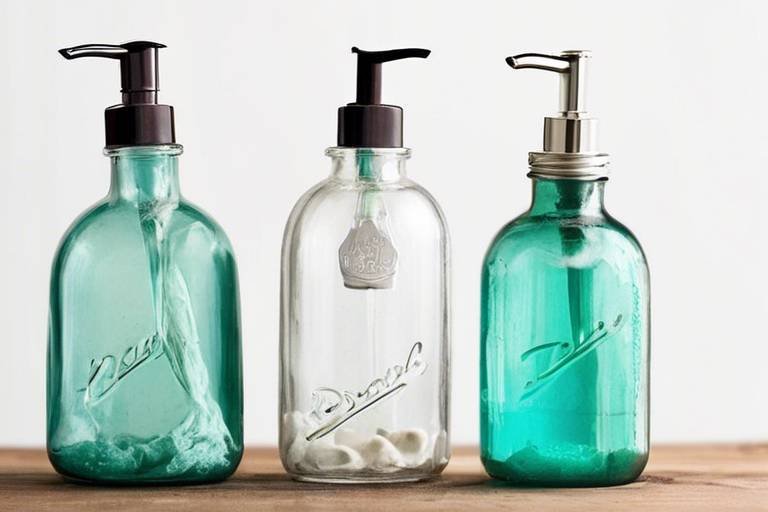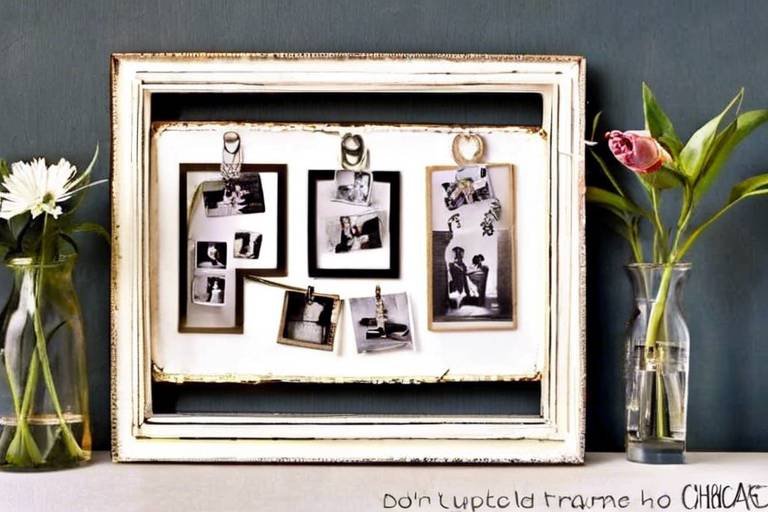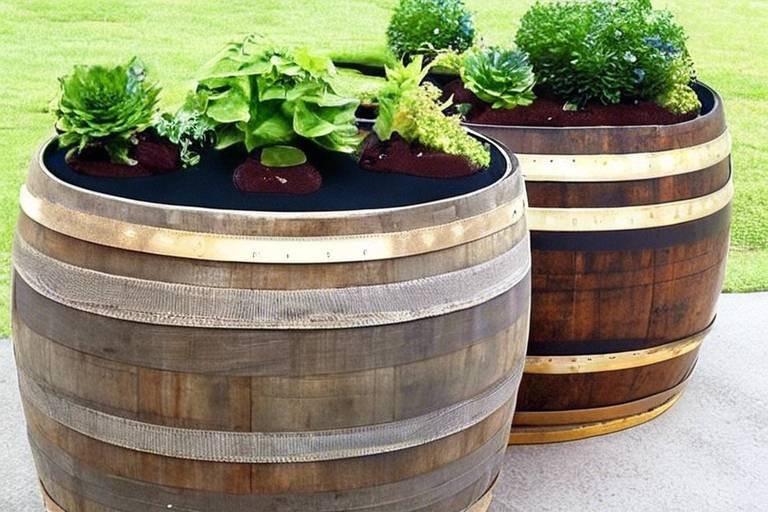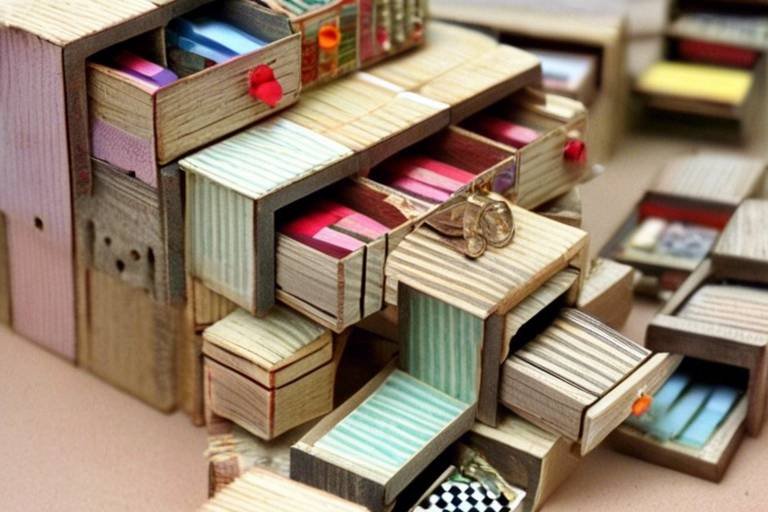The Art of Turning Old into New: An Overview of Upcycling
In a world where consumerism reigns supreme, the concept of upcycling emerges as a beacon of hope for both creativity and sustainability. But what exactly is upcycling? It's not just a trendy buzzword; it's a revolutionary approach to waste that allows us to transform discarded materials into something extraordinary. Imagine taking an old wooden pallet and turning it into a stunning coffee table or transforming worn-out jeans into a chic handbag. Upcycling is all about seeing potential where others see trash, and it’s a skill that anyone can master.
As we navigate through the challenges of climate change and environmental degradation, upcycling provides a practical solution that empowers individuals to make a difference. It’s more than just a DIY project; it's a lifestyle choice that promotes resourcefulness and creativity. In this article, we will explore the various dimensions of upcycling, from its definition and significance to its myriad benefits and creative ideas that inspire us to breathe new life into old items.
Upcycling is the process of transforming waste materials into new products of better quality or environmental value. This might sound simple, but it carries profound implications in our eco-conscious society. As we face the consequences of excessive waste and resource depletion, upcycling serves as a reminder that we can redefine our relationship with objects. Instead of discarding items, we can reimagine them, giving them a second chance at life.
In today's world, where sustainability is more than just a trend, upcycling stands out as a powerful practice that encourages us to think critically about our consumption habits. By embracing upcycling, we are not only reducing waste but also fostering a culture of creativity and innovation. This shift in mindset is essential for building a more sustainable future, where every item is valued and every resource is used wisely.
Upcycling offers numerous advantages that extend beyond just saving money. Let’s dive into some of the key benefits:
- Waste Reduction: Upcycling significantly decreases the amount of waste sent to landfills, which is a major contributor to environmental pollution.
- Resource Conservation: By reusing materials, we conserve valuable natural resources that would otherwise be depleted in the manufacturing process.
- Creative Expression: Upcycling allows individuals to express their creativity and personal style, turning ordinary items into unique treasures.
One of the most significant impacts of upcycling is its ability to reduce landfill waste. When we choose to upcycle rather than dispose of items, we actively participate in environmental preservation. For instance, did you know that a single upcycled piece of furniture can save an average of 200 pounds of waste from ending up in a landfill? This small act of creativity can have a massive ripple effect on our planet.
By reusing materials, upcycling helps lower the carbon footprint associated with manufacturing new products. Each time we opt for upcycling, we are effectively reducing the energy and resources needed to create new items. This is crucial in the fight against climate change, as the manufacturing process is a significant contributor to greenhouse gas emissions.
Moreover, upcycling can indirectly support biodiversity by reducing the demand for raw materials. Every time we choose to upcycle instead of buying new, we help protect natural habitats and ecosystems that would otherwise be threatened by resource extraction. This means that our creative endeavors can contribute to the preservation of wildlife and natural beauty.
Now that we understand the significance and benefits of upcycling, let’s explore some exciting and innovative projects that can spark your creativity. Here are a few ideas to get you started:
- Furniture Transformation: Turn old chairs into stylish garden stools or dressers into unique storage solutions.
- Fashion Forward: Repurpose old clothing into trendy accessories or even new outfits.
- Home Decor: Use glass jars as chic candle holders or wine bottles as decorative vases.
If you're eager to dive into the world of upcycling, there are a few practical tips to keep in mind. Start by identifying items around your home that you no longer use. Look for potential in everything! Old furniture, clothing, and even scrap materials can be transformed into something beautiful.
Understanding the tools and materials needed for successful upcycling projects is crucial. Essential supplies might include:
| Tool | Use |
|---|---|
| Paint | Revitalize old furniture or decor items. |
| Glue | Assemble pieces or attach embellishments. |
| Scissors | Cut fabric or other materials for new projects. |
Inspiration can come from many sources—social media platforms, DIY blogs, and even local thrift shops. Don’t hesitate to adapt ideas to suit your personal style and preferences. Remember, the beauty of upcycling lies in its uniqueness; your creations should reflect who you are.
What is upcycling? Upcycling is the process of transforming waste materials into new products of better quality or environmental value.
How does upcycling benefit the environment? It reduces landfill waste, conserves resources, and lowers carbon emissions associated with manufacturing new products.
Can anyone try upcycling? Absolutely! Upcycling is for everyone, regardless of skill level. Just start with what you have and let your creativity flow!
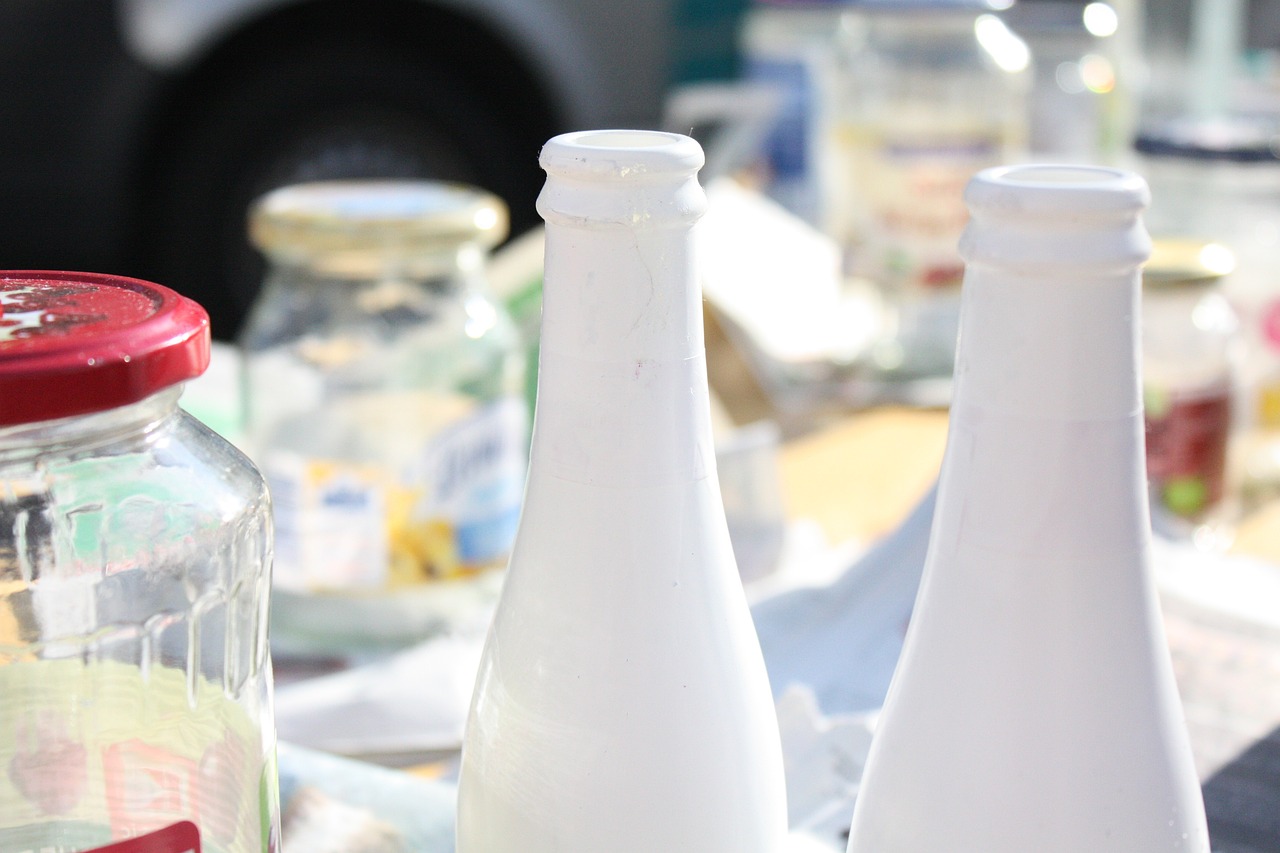
Understanding Upcycling
Upcycling is more than just a trendy buzzword; it's a revolutionary approach to sustainability that transforms the mundane into the extraordinary. At its core, upcycling is the process of taking waste materials or unwanted products and giving them a new life, often resulting in items of greater quality or environmental value. Imagine turning an old wooden pallet into a chic coffee table or repurposing glass jars into stylish candle holders. This creative endeavor not only showcases your artistic flair but also plays a crucial role in today's eco-conscious society.
The significance of upcycling cannot be overstated. As we grapple with the consequences of mass production and consumerism, upcycling emerges as a beacon of hope. It encourages us to rethink our relationship with material goods. Instead of viewing items as disposable, we start to see their potential for rebirth. This shift in perspective is vital for fostering a culture of sustainability, where every discarded item can be seen as a treasure waiting to be transformed.
In a world where the average person generates about 4.4 pounds of waste per day, upcycling offers a compelling solution to mitigate this issue. By creatively reimagining what we already have, we can significantly reduce the amount of waste that ends up in landfills. Furthermore, it promotes a more mindful approach to consumption, urging us to consider the environmental impact of our purchases. Upcycling is not just about creativity; it's about making conscious choices that contribute to a healthier planet.
Moreover, upcycling has the potential to spark joy and creativity in our lives. It invites us to engage with our surroundings in a new way, encouraging us to explore our artistic capabilities. Whether you're a seasoned DIY enthusiast or a curious beginner, upcycling can be an incredibly rewarding experience. You don’t need to be an expert; all you need is a willingness to experiment and a passion for sustainability.
Ultimately, understanding upcycling is about recognizing its profound impact on both our lives and the environment. It’s a call to action to embrace creativity, reduce waste, and foster a sustainable future. So, the next time you consider tossing something away, pause for a moment and ask yourself: What could this become?
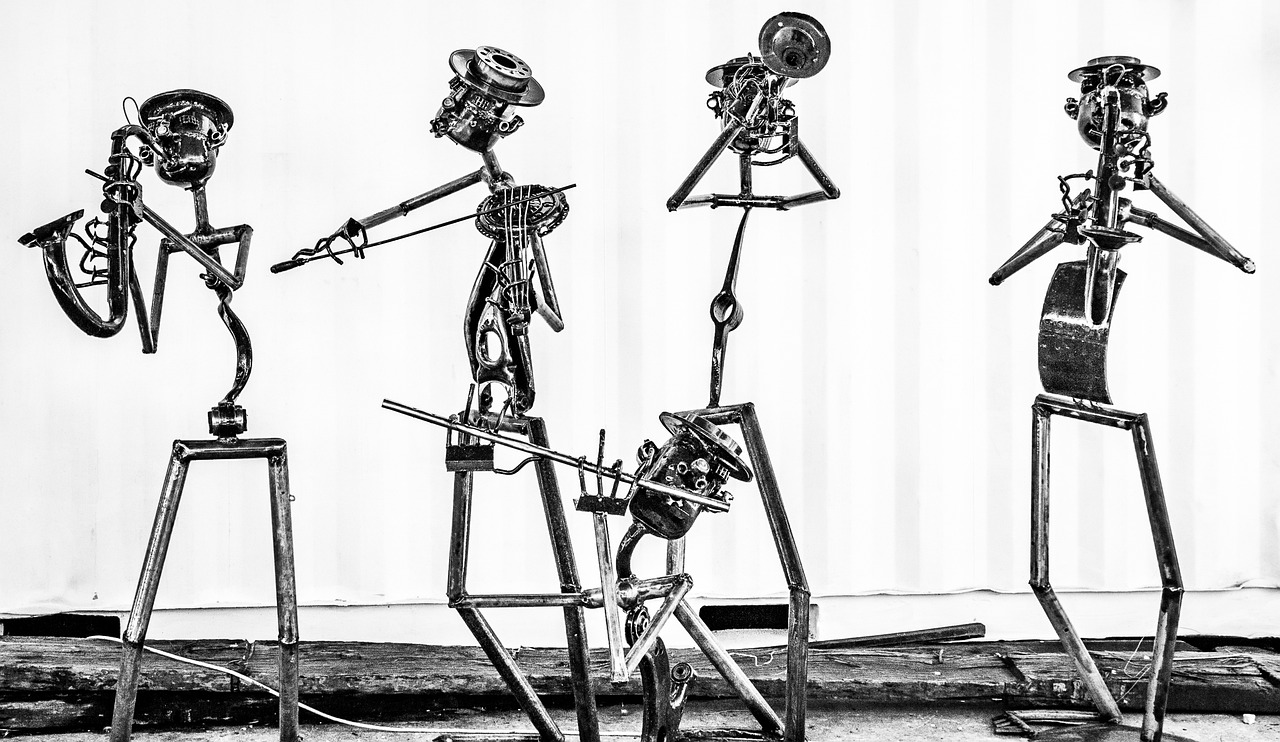
The Benefits of Upcycling
Upcycling is not just a trendy buzzword; it’s a transformative process that holds a treasure trove of benefits for both individuals and the environment. Imagine taking something that would otherwise end up in a landfill and turning it into a stunning piece of art or a functional item for your home. This creative endeavor not only sparks joy but also contributes to a more sustainable world. Let’s dive into the myriad advantages of upcycling and see how it can change our lives and the planet for the better.
One of the most significant benefits of upcycling is its ability to reduce waste. Every year, millions of tons of waste are generated, and a substantial portion of this ends up in landfills. By upcycling, we can effectively divert these materials from the waste stream. For example, an old wooden pallet can be transformed into a beautiful coffee table, while glass jars can become stylish storage solutions. This not only prevents waste but also fosters a culture of responsible consumption.
Moreover, upcycling encourages resource conservation. Instead of purchasing new materials, which often require extensive energy and resources to produce, upcycling allows us to utilize what we already have. This not only saves money but also reduces the demand for new raw materials, which can lead to environmental degradation. By choosing to upcycle, you’re making a conscious decision to lessen your environmental impact. It’s like giving Mother Earth a big hug!
Another fascinating aspect of upcycling is its role in promoting creative expression. When you upcycle, you’re not just repurposing items; you’re also unleashing your imagination. The possibilities are endless! Whether you’re crafting a unique piece of jewelry from old buttons or turning an old t-shirt into a trendy tote bag, upcycling allows you to showcase your personal style. This creative outlet can be incredibly fulfilling and can even lead to a new hobby or side business.
Upcycling has a profound environmental impact that cannot be overlooked. When we choose to repurpose items, we significantly reduce landfill waste. In fact, studies show that upcycling can decrease the amount of waste sent to landfills by up to 30%. This reduction is crucial in the fight against climate change, as landfills are a significant source of greenhouse gas emissions.
In addition to waste reduction, upcycling plays a vital role in lowering our carbon footprint. The process of manufacturing new products often involves high energy consumption and the release of carbon emissions. By reusing materials, we can drastically cut down on these emissions. For instance, producing a new piece of furniture from scratch requires logging trees, processing wood, and transporting goods, all of which contribute to carbon emissions. In contrast, upcycling an old piece of furniture requires minimal energy and resources, making it a much more environmentally friendly option.
Upcycling can also indirectly support biodiversity. When we reduce the demand for new raw materials, we lessen the pressure on natural habitats and ecosystems. This is particularly important in today’s world, where deforestation and habitat destruction are rampant. By upcycling, we’re not just saving materials; we’re also helping to protect the rich biodiversity of our planet. It’s a win-win situation!
In conclusion, the benefits of upcycling are vast and varied. From reducing waste and conserving resources to fostering creativity and promoting environmental sustainability, upcycling is a powerful tool in our quest for a more sustainable future. So, the next time you’re about to toss something out, take a moment to consider how you might transform it into something beautiful and useful. You might just discover a hidden talent for creativity!
- What is upcycling? Upcycling is the process of transforming waste materials into new products that have better quality or environmental value.
- How does upcycling benefit the environment? Upcycling helps reduce landfill waste, conserves resources, and lowers carbon emissions associated with manufacturing new products.
- Can anyone try upcycling? Absolutely! Upcycling is for everyone, regardless of skill level. All you need is a bit of creativity and some old items.
- What are some simple upcycling projects I can start with? You can start with easy projects like turning glass jars into storage containers, old t-shirts into tote bags, or wooden pallets into furniture.
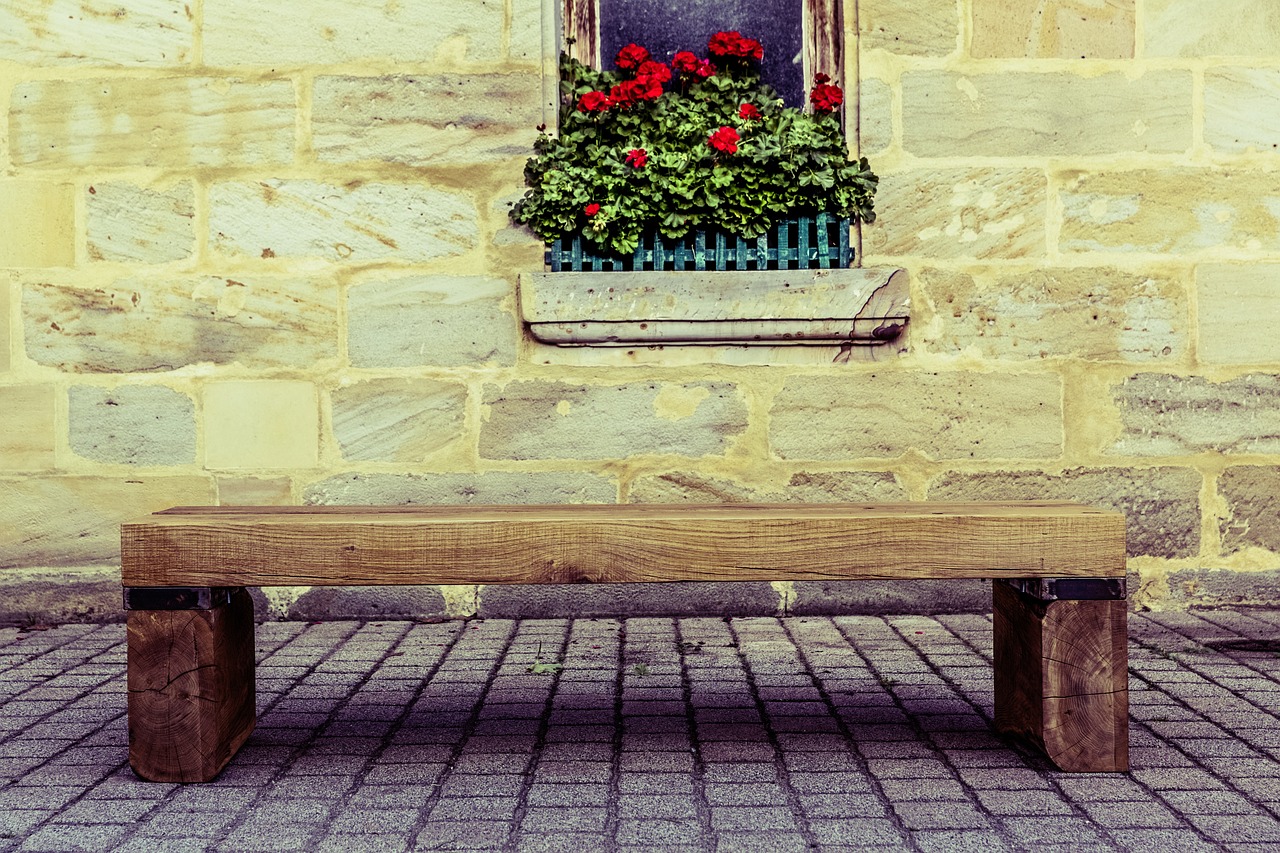
Environmental Impact
When we think about our planet, it’s hard not to feel a little overwhelmed by the sheer amount of waste we produce. Every day, millions of tons of materials are tossed aside, heading straight to landfills. This is where upcycling comes into play, acting as a superhero in the fight against environmental degradation. By transforming waste into something new and valuable, upcycling not only reduces the burden on landfills but also encourages a more sustainable lifestyle.
One of the most significant environmental impacts of upcycling is its ability to reduce landfill waste. Every item that is upcycled is one less item that contributes to the mountains of trash piling up in our landfills. For instance, did you know that a single plastic bottle can take up to 450 years to decompose? By upcycling such items into creative projects, we can drastically cut down on the amount of waste we generate. This not only preserves precious land but also reduces the harmful emissions produced by decomposing waste.
Furthermore, upcycling minimizes our reliance on new resources. When we repurpose old materials, we decrease the demand for raw materials that require extraction and processing, which can be incredibly detrimental to the environment. For example, the production of new paper requires cutting down trees, which disrupts ecosystems and contributes to deforestation. By choosing to upcycle paper products, we can protect forests and promote a healthier planet.
Another critical aspect of upcycling is its role in reducing carbon emissions. The manufacturing process of new products often involves significant energy consumption and greenhouse gas emissions. By upcycling, we effectively bypass much of this process, leading to a lower carbon footprint. For instance, consider the energy savings when a glass jar is cleaned and reused instead of being recycled or thrown away. This simple act can save energy that would otherwise be spent in the recycling process, which includes transportation and reprocessing.
Moreover, upcycling supports biodiversity. When we reduce our demand for new materials, we help protect natural habitats from destruction. The less we extract from the earth, the more we allow ecosystems to thrive. To highlight this, let’s look at some of the ways upcycling promotes biodiversity:
- Habitat Preservation: Less extraction means fewer habitats are destroyed.
- Resource Conservation: Protecting natural resources ensures that wildlife has a place to live.
- Encouraging Sustainable Practices: Upcycling promotes a culture of sustainability that can inspire others to adopt eco-friendly habits.
In conclusion, the environmental impact of upcycling is profound. By embracing this practice, we can significantly contribute to reducing waste, conserving resources, and protecting our planet's biodiversity. So, the next time you consider throwing something away, think twice! It might just be the perfect candidate for a creative upcycle.
Q: What types of materials can be upcycled?
A: Almost anything can be upcycled! Common materials include glass jars, old furniture, fabric scraps, and even plastic bottles. The key is to look at items with a creative eye and imagine their potential.
Q: Is upcycling expensive?
A: Not necessarily! Upcycling can often be a cost-effective way to create new items. Many projects can be completed using materials you already have at home, making it a budget-friendly option.
Q: How can I get started with upcycling?
A: Start small! Look around your home for items you no longer use and think about how you can repurpose them. There are countless tutorials online that can inspire your first upcycling project.
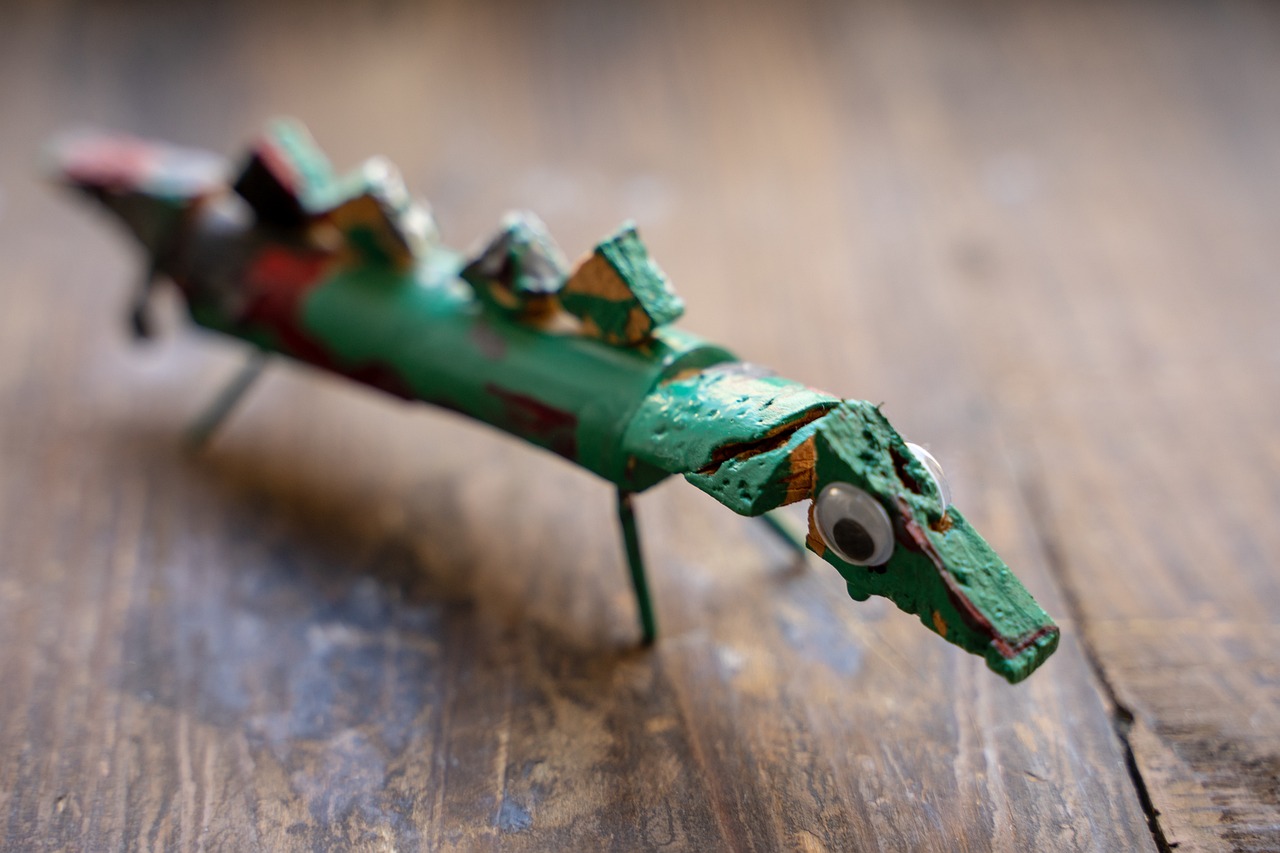
Reducing Carbon Footprint
In a world where climate change looms large over our future, the idea of reducing our carbon footprint has become more vital than ever. Every action we take to minimize our environmental impact counts, and upcycling is a powerful tool in this fight. By repurposing materials that would otherwise end up in landfills, we not only breathe new life into discarded items but also significantly lower the carbon emissions associated with producing new goods.
When we consider the life cycle of a product, from raw material extraction to manufacturing, transportation, and finally, disposal, the carbon footprint can be staggering. For instance, producing a new piece of furniture can generate a considerable amount of greenhouse gases. However, when we upcycle an old chair or table, we skip many of these steps, effectively reducing emissions at each stage. This means less energy consumption and fewer resources extracted from our planet.
Moreover, the act of upcycling encourages a shift in mindset. It promotes a culture of reuse and creativity, leading individuals to think twice before throwing something away. Instead of viewing items as disposable, we start to see their potential for transformation. This shift can lead to a ripple effect, inspiring others to join in the movement and adopt more sustainable practices in their daily lives.
To illustrate the impact of upcycling on carbon emissions, consider the following table:
| Item | Standard Production Carbon Footprint (kg CO2) | Upcycling Carbon Footprint (kg CO2) | Carbon Footprint Reduction (kg CO2) |
|---|---|---|---|
| Wooden Chair | 50 | 10 | 40 |
| Plastic Bottle | 3 | 0.5 | 2.5 |
| Old T-Shirt | 2 | 0.3 | 1.7 |
This table highlights how significant the reduction can be when we choose to upcycle instead of buying new. By simply opting for upcycling, we can make a tangible difference in our carbon emissions and contribute to a more sustainable future.
In conclusion, upcycling serves as an effective strategy for reducing our carbon footprint. It not only helps in conserving resources but also fosters a sense of creativity and responsibility towards our environment. So, the next time you think about tossing something out, remember: that item could be the key to reducing your carbon footprint and making a positive impact on our planet.
- What is upcycling? Upcycling is the process of transforming discarded items into new products of better quality or environmental value.
- How does upcycling reduce carbon footprint? By reusing materials, upcycling minimizes the need for new resources, thereby reducing the emissions associated with manufacturing.
- Can upcycling be done at home? Absolutely! Many upcycling projects can be done at home with everyday items.
- What types of items can be upcycled? Almost anything can be upcycled, from furniture and clothing to glass jars and plastic bottles.
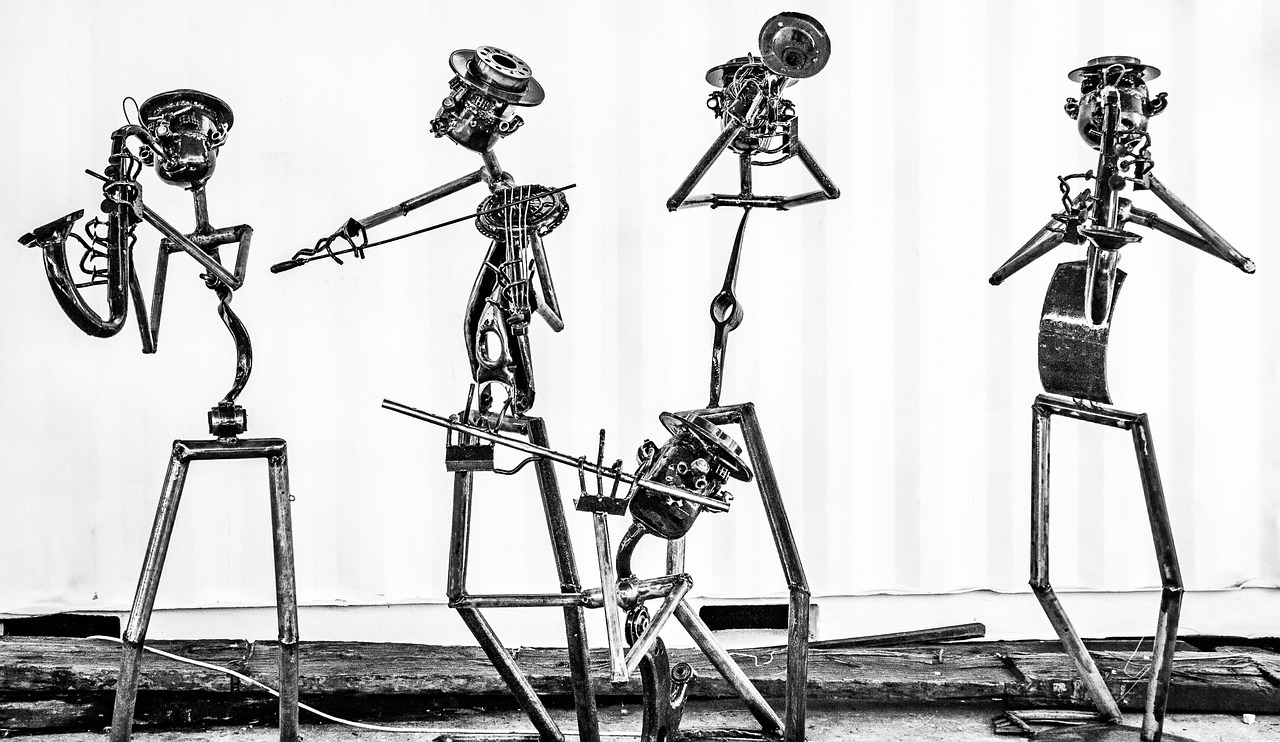
Promoting Biodiversity
Upcycling is more than just a trendy craft; it plays a pivotal role in and protecting our planet's rich ecosystems. When we think about upcycling, we often focus on the creative aspects—transforming an old chair into a beautiful garden planter or turning glass bottles into stunning light fixtures. However, the environmental implications of these actions are profound and far-reaching. By reducing the demand for new raw materials, we are indirectly supporting the preservation of natural habitats and the myriad of species that rely on them.
Every time we choose to upcycle rather than purchase new items, we are making a conscious decision to decrease our ecological footprint. This decision helps to minimize the need for resource extraction, which often leads to habitat destruction. For instance, consider the impact of logging for timber. This practice not only removes trees but also disrupts entire ecosystems, threatening the survival of countless species. By reusing materials like wood from old furniture or pallets, we can help mitigate this issue. In essence, upcycling serves as a bridge between creativity and environmental stewardship.
Moreover, upcycling encourages a culture of sustainability, inspiring others to think critically about their consumption habits. It fosters an awareness of the resources we use and the waste we generate. When communities engage in upcycling, they cultivate a sense of responsibility towards the environment. This social shift can lead to collective actions that further support biodiversity. For example, community workshops that focus on upcycling can also include education on local wildlife and ecosystems, creating a holistic approach to environmental awareness.
To illustrate the impact of upcycling on biodiversity, let’s consider some key points:
- Habitat Preservation: By reducing the need for new materials, we lessen the pressure on forests, wetlands, and other natural habitats.
- Resource Conservation: Upcycling uses existing materials, which means fewer resources are extracted from the earth.
- Community Engagement: Upcycling activities can bring people together, fostering a community spirit that values and protects local biodiversity.
In conclusion, the act of upcycling is a powerful tool in the fight for biodiversity. By transforming waste into something valuable, we not only express our creativity but also contribute to a healthier planet. Each small effort counts, and when combined, they create a wave of positive change. So, the next time you're about to toss something away, ask yourself: can this be upcycled? The answer might just lead you to a beautiful new creation while also helping to save our planet's precious ecosystems.
1. What is upcycling?
Upcycling is the process of creatively reusing items to create something of higher quality or value, rather than discarding them as waste.
2. How does upcycling help the environment?
Upcycling reduces landfill waste, conserves resources, and decreases the demand for new products, which in turn helps protect natural habitats.
3. Can upcycling support local biodiversity?
Yes! By reducing the need for raw materials, upcycling helps preserve natural ecosystems and the species that inhabit them.
4. What are some examples of upcycling projects?
Common upcycling projects include turning old furniture into new decor, creating art from discarded materials, and repurposing clothing into new fashion items.
5. How can I get started with upcycling?
Begin by identifying items you no longer need. Look for inspiration online or in your community, and gather basic tools and materials to start your projects.

Creative Upcycling Ideas
Upcycling is like giving a second chance to items that would otherwise be tossed aside, transforming them into something extraordinary. Imagine turning an old wooden pallet into a stunning garden bench or repurposing glass jars into chic candle holders. The possibilities are endless! Upcycling not only sparks creativity but also allows you to express your unique style while being eco-friendly. Here are some fantastic ideas to ignite your imagination:
One popular project is furniture revamping. Have you ever thought about how a simple coat of paint can breathe new life into an outdated chair? Instead of buying new furniture, consider sanding down that old piece, adding a splash of color, and maybe even some new upholstery. You'll not only save money but also create a one-of-a-kind item that reflects your personality.
Another exciting avenue is fashion upcycling. Old t-shirts can be transformed into trendy tote bags or even stylish scarves. It's a fun way to reduce textile waste while showcasing your creativity. You could even hold a clothing swap with friends, exchanging pieces that no longer excite you for something fresh and new to you!
For those who love to garden, upcycling can take on a whole new meaning. Consider using empty tin cans as planters. With a little paint and creativity, these cans can become vibrant additions to your garden or kitchen windowsill. Not only do they look fantastic, but they also provide a perfect home for your herbs and flowers.
Additionally, you can create art installations from discarded materials. Think about using old bicycle parts, broken toys, or even scrap metal to craft unique sculptures or decorative pieces for your home. This not only showcases your artistic flair but also sends a powerful message about sustainability.
In the realm of home decor, upcycling can shine through in unexpected ways. Old wine bottles can be transformed into beautiful vases or pendant lights, while mismatched furniture can be painted in a cohesive color scheme to create a stunning, eclectic look. The key is to see potential where others see waste.
As you dive into the world of upcycling, remember that there are no strict rules. Embrace the process and let your creativity flow. You might just find that the most unexpected items can become your favorite projects. So, gather your supplies, roll up your sleeves, and start transforming the old into something new!
Q: What types of items can be upcycled?
A: Almost anything! Common items include furniture, clothing, glass jars, tin cans, and even old electronics. The only limit is your imagination!
Q: Do I need special skills to start upcycling?
A: Not at all! Upcycling can be as simple or as complex as you choose. Many projects require basic skills, and there are plenty of tutorials available online to help you get started.
Q: Is upcycling expensive?
A: Upcycling can actually save you money! By repurposing items you already own or sourcing materials from thrift stores, you can create beautiful projects without breaking the bank.
Q: How can I find inspiration for upcycling projects?
A: Inspiration can come from many sources, including social media platforms like Pinterest and Instagram, DIY blogs, or even nature. Keep your eyes open for ideas wherever you go!
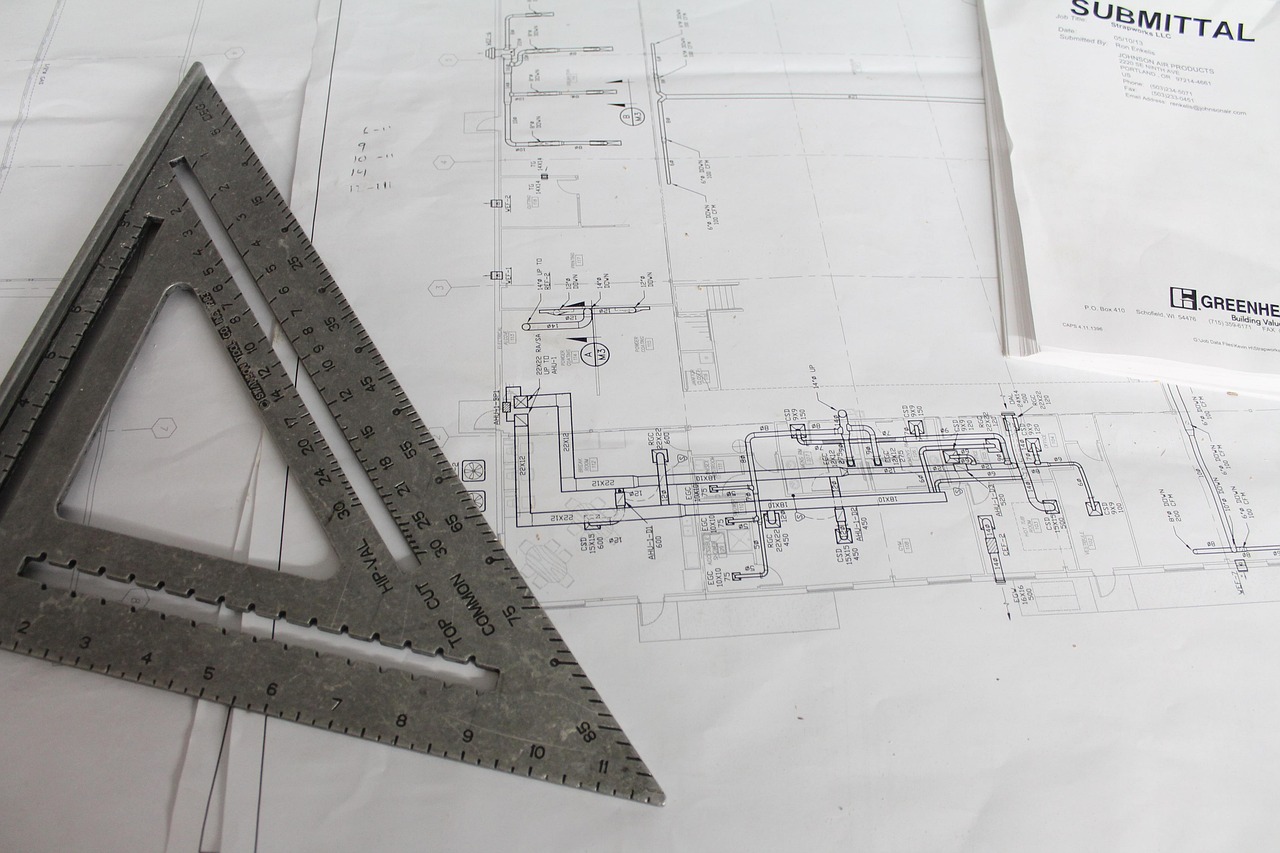
Getting Started with Upcycling
So, you've decided to dive into the exciting world of upcycling! Fantastic choice! Upcycling is not just about saving the planet; it’s also about unleashing your creativity and giving new life to items that would otherwise be tossed aside. But where do you begin? First, you need to train your eyes to see potential in what others consider junk. Look around your home—what do you see? Old furniture, glass jars, or worn-out clothes can all be transformed into something fabulous!
Next up, let’s talk about the tools and materials you’ll need. Having the right supplies can make all the difference in your upcycling journey. Here’s a quick rundown of essential tools:
- Basic Hand Tools: Hammer, screwdriver, and pliers are your best friends.
- Paint and Brushes: A splash of color can turn the mundane into the magnificent.
- Adhesives: Strong glue or hot glue guns for assembling your projects.
- Safety Gear: Don’t forget gloves and goggles to protect yourself while you create.
Once you have your toolkit ready, it’s time to start scouting for items to upcycle. Thrift stores, garage sales, and even your own attic can be treasure troves of potential projects. Think of it like a treasure hunt; the thrill of discovering hidden gems is part of the fun! Keep an open mind and remember that beauty is in the eye of the beholder. A scratched table can become a chic coffee table with a little sanding and paint, and an old ladder can be transformed into a unique bookshelf.
Now, let’s not forget about finding inspiration. The internet is brimming with creative ideas, from Pinterest boards to DIY blogs. Social media platforms like Instagram and TikTok are also great places to discover innovative upcycling projects. You can even join local upcycling groups or workshops to meet like-minded individuals who share your passion. Engaging with a community can spark new ideas and motivate you to tackle even more ambitious projects.
As you embark on your upcycling adventure, remember that it’s all about experimentation. Don’t be afraid to make mistakes—every failed project is a step toward mastering your skills. So grab those old items, unleash your imagination, and start creating! Who knows, you might just end up with a one-of-a-kind masterpiece that you can proudly display in your home.
Q: What materials can be upcycled?
A: Almost anything! Common items include furniture, glass jars, clothing, and even old electronics. The key is to look for items that can be transformed into something new.
Q: Do I need special skills to start upcycling?
A: Not at all! Basic crafting skills are helpful, but many upcycling projects are beginner-friendly. Just take your time and enjoy the process!
Q: Where can I find inspiration for upcycling projects?
A: Inspiration can be found everywhere! Check out social media, DIY websites, and even local workshops. Don’t forget to look around your home for items that can be transformed!
Q: Is upcycling environmentally friendly?
A: Yes! Upcycling helps reduce waste and conserves resources by giving new life to discarded items, making it a sustainable practice that benefits the environment.
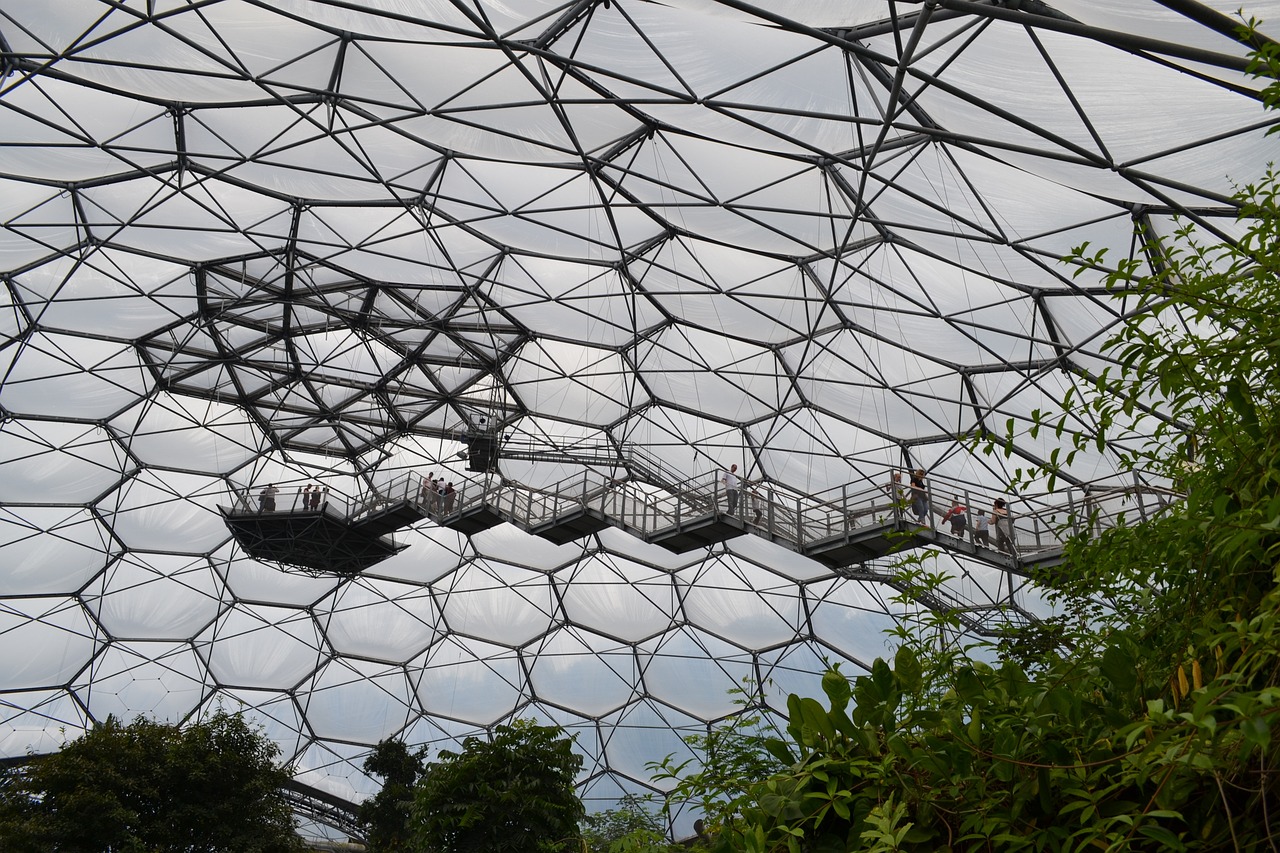
Tools and Materials
When it comes to upcycling, having the right tools and materials can make all the difference between a successful project and a frustrating experience. Think of your toolkit as your treasure chest; the more you have, the more creative you can get! First and foremost, you’ll need some basic tools that are essential for almost any upcycling task. These include a good pair of scissors, a utility knife, and a hot glue gun. Each of these tools serves a unique purpose, helping you cut, shape, and bond materials together seamlessly.
In addition to these basics, consider investing in a few specialized tools to elevate your upcycling projects. For example, a drill can come in handy if you're looking to create furniture or hang items securely. A sewing machine is invaluable for fabric-based projects, allowing you to stitch together old clothes into something entirely new. You might even want to explore tools like wood sanders or paint sprayers if you’re tackling larger wooden items or looking to give a fresh coat of color to your creations.
As for materials, the world is your oyster! You can find potential upcycling treasures almost anywhere—think thrift stores, garage sales, and even your own home. Old furniture, glass jars, and fabric scraps are just the tip of the iceberg. Here’s a quick rundown of some materials you might want to keep an eye out for:
- Wood: Pallets, old furniture, and even tree branches can be transformed into stunning pieces.
- Fabric: Old clothes, curtains, and linens can be repurposed into bags, quilts, or even new clothing.
- Glass: Jars and bottles can be turned into decorative vases or storage solutions.
- Metal: Cans and scrap metal can be used for garden art or functional items like planters.
Don’t forget about paint and other finishing materials! A splash of color can breathe new life into any item. Whether you’re using chalk paint for a rustic look or spray paint for a sleek finish, the right color can transform your project from drab to fab. Additionally, consider using eco-friendly paints and adhesives to keep your upcycling efforts sustainable.
Lastly, remember that upcycling is not just about the tools and materials; it’s also about your creativity and vision. So, gather your supplies, let your imagination run wild, and watch as discarded items turn into beautiful, functional pieces that tell a story. Happy upcycling!
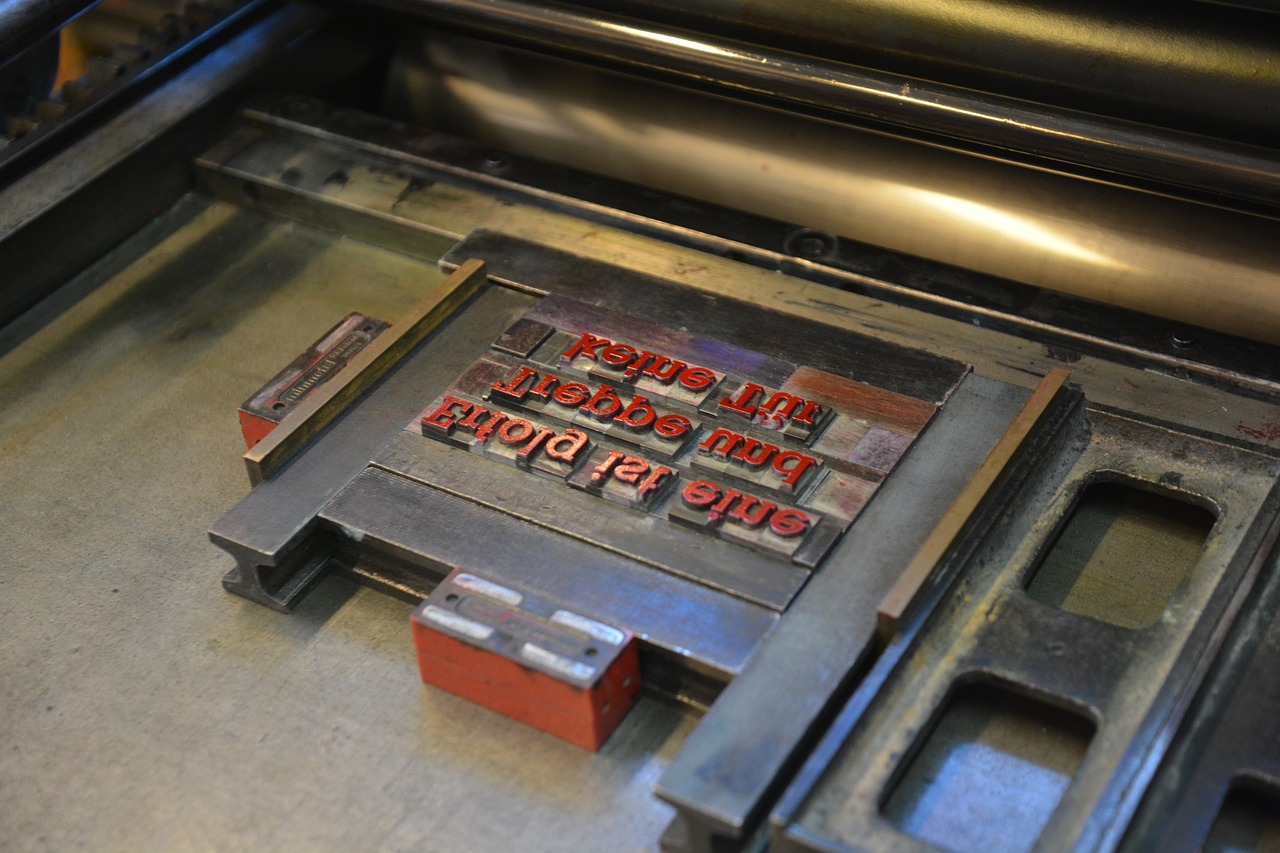
Finding Inspiration
Finding inspiration for upcycling projects can be as thrilling as discovering hidden treasures in your attic. The beauty of upcycling lies in its endless possibilities, and sometimes, all it takes is a fresh perspective to see the potential in everyday items. Have you ever looked at an old ladder and thought it could become a stylish bookshelf? Or perhaps a worn-out pair of jeans could be transformed into a trendy bag? The key is to keep your eyes peeled for items that others might overlook.
One fantastic way to spark your creativity is by exploring various platforms and communities dedicated to upcycling. Websites like Pinterest and Instagram are bursting with innovative ideas that can ignite your imagination. You can follow hashtags such as #Upcycling or #DIYProjects to find a plethora of inspiring images and tutorials. Remember, the best ideas often come from combining different concepts, so don’t hesitate to mix and match!
Additionally, local thrift stores and flea markets can be goldmines for upcycling materials. You might stumble upon vintage furniture that just needs a little love or fabrics that can be repurposed into something entirely new. The thrill of the hunt adds an exciting layer to the upcycling process, and you never know what gems you might find. Plus, shopping second-hand is a sustainable choice that aligns perfectly with the upcycling ethos!
Another great source of inspiration is nature itself. Consider how natural elements can be incorporated into your projects. For example, branches can be transformed into unique wall art, while stones can become elegant garden decorations. Nature not only provides materials but also offers a calming aesthetic that can enhance your creations.
If you're still feeling stuck, consider joining local workshops or online courses focused on upcycling. Engaging with like-minded individuals can provide new perspectives and techniques you may not have considered. Collaborating with others can also lead to exciting ideas and projects that you might not have tackled on your own.
Finally, don’t underestimate the power of your own imagination. Sometimes, the best inspiration comes from within. Take a moment to reflect on your personal style and what resonates with you. Ask yourself questions like: What colors do I love? What materials do I feel drawn to? By tapping into your preferences, you can create upcycled items that truly reflect your personality.
In conclusion, finding inspiration for upcycling is about keeping an open mind and being willing to explore. Whether it’s through social media, local shops, nature, or your own creativity, the possibilities are limitless. So go ahead, embrace the journey of transforming the old into something new and exciting!
- What is upcycling? Upcycling is the process of creatively reusing waste materials to create new products of better quality or environmental value.
- How can I start upcycling at home? Begin by identifying items in your home that you no longer use or need, and brainstorm ways to repurpose them into something functional or decorative.
- Do I need special tools for upcycling? While some projects may require specific tools, many upcycling ideas can be accomplished with basic supplies like scissors, glue, and paint.
- Where can I find upcycling inspiration? Look for inspiration on platforms like Pinterest, Instagram, and local thrift stores, or consider joining workshops and online communities focused on upcycling.
Frequently Asked Questions
- What is upcycling?
Upcycling is the creative process of transforming waste materials or unwanted products into new items of better quality or environmental value. It's all about giving new life to things that might otherwise end up in a landfill.
- Why is upcycling important?
Upcycling plays a crucial role in sustainability by reducing waste, conserving resources, and promoting environmental awareness. It encourages people to think creatively about how to reuse items, thus contributing to a healthier planet.
- How does upcycling help the environment?
By repurposing materials, upcycling significantly reduces the amount of waste sent to landfills. It also minimizes the demand for new resources, which can help lower carbon emissions and protect natural habitats.
- Can upcycling reduce my carbon footprint?
Absolutely! Upcycling reduces the need for new products, which in turn decreases the energy and resources required for manufacturing. This helps lower your overall carbon footprint and contributes to a more sustainable lifestyle.
- What are some creative upcycling ideas?
There are endless possibilities when it comes to upcycling! You can turn old furniture into stylish home décor, transform glass jars into beautiful storage solutions, or even create unique fashion items from discarded textiles. The only limit is your imagination!
- What tools do I need to start upcycling?
Starting your upcycling journey doesn't require a lot of fancy tools. Basic supplies like scissors, glue, paint, and some common household items can go a long way. As you get more into it, you might want to invest in additional tools like a sewing machine or power tools for larger projects.
- Where can I find inspiration for upcycling projects?
Inspiration is everywhere! You can find ideas on social media platforms like Pinterest and Instagram, in DIY blogs, or even by visiting local thrift stores and flea markets. Just keep your eyes open for items that spark your creativity!


